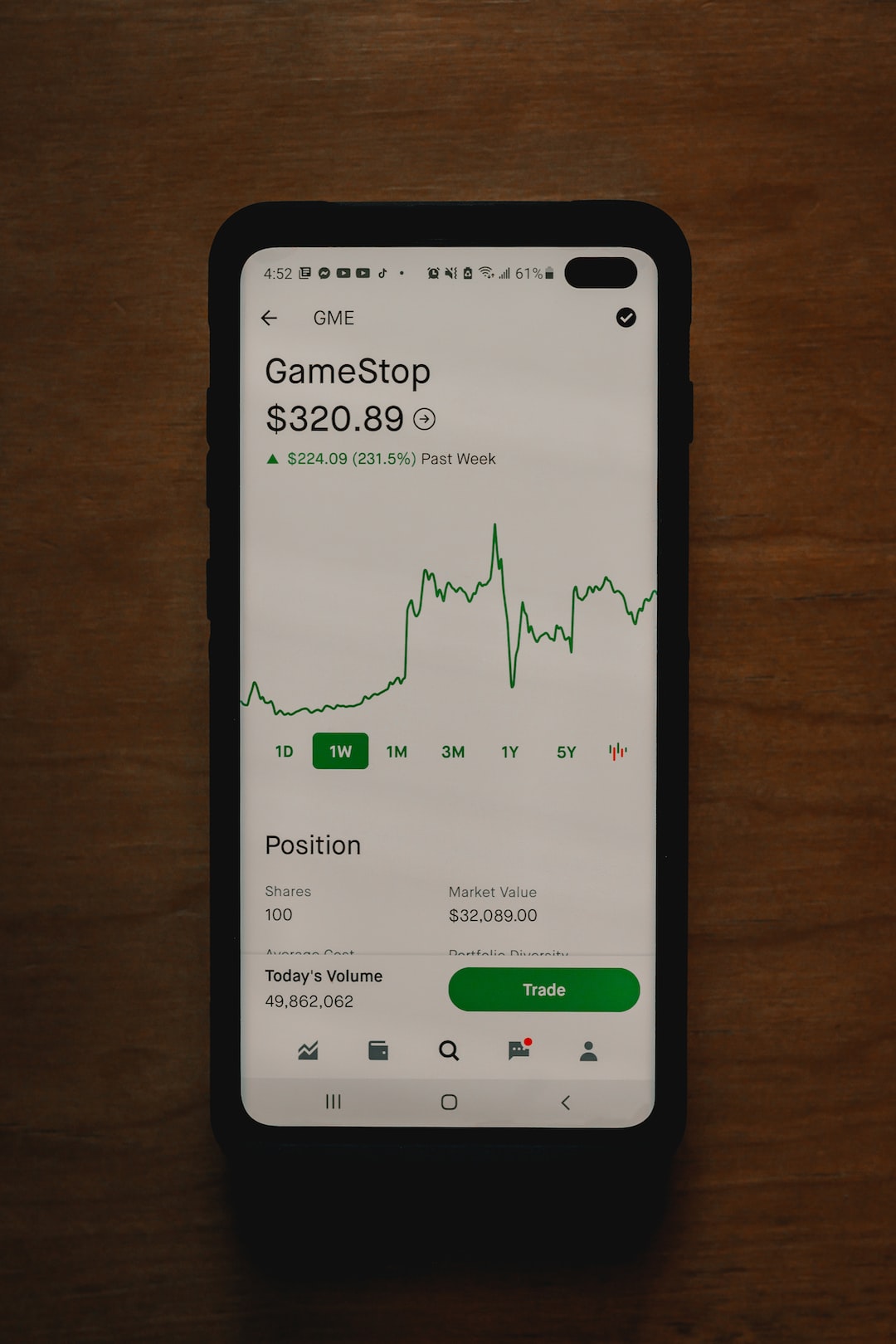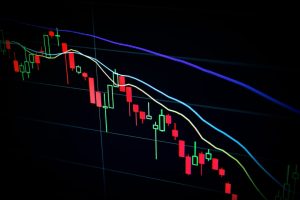Determining the trend in forex trading is one of the most important skills a trader can have. The trend is the overall direction that the market is moving in, and understanding it can help traders make informed decisions about when to enter or exit a trade. In this article, we will explore the various tools and techniques traders use to determine the trend in forex.
Firstly, it is important to understand that there are three types of trends in forex: uptrend, downtrend, and sideways trend. An uptrend is characterized by a series of higher highs and higher lows, while a downtrend is characterized by a series of lower highs and lower lows. A sideways trend, also known as a range-bound market, is when the price is moving within a defined range or channel.
One of the most popular methods for determining the trend in forex is using moving averages. Moving averages are calculated by averaging the price of an asset over a certain period of time. For example, a 50-day moving average would be calculated by adding up the closing prices of the last 50 days and dividing by 50. Traders then plot the moving average on their charts and look for the direction in which the price is moving in relation to the moving average.
If the price is trading above the moving average, this is considered a bullish signal and indicates an uptrend. Conversely, if the price is trading below the moving average, this is considered a bearish signal and indicates a downtrend. Traders can also use multiple moving averages, such as a 50-day and 200-day moving average, to confirm the trend.
Another popular method for determining the trend in forex is using trendlines. Trendlines are drawn by connecting the highs or lows of a series of candlesticks on a chart. An uptrend is confirmed by the existence of an upward sloping trendline connecting the lows, while a downtrend is confirmed by a downward sloping trendline connecting the highs.
Traders can also use indicators to help determine the trend in forex. One such indicator is the Relative Strength Index (RSI). The RSI measures the strength of a currency pair by comparing the average gains to the average losses over a certain period of time. If the RSI is above 50, this indicates a bullish trend, while an RSI below 50 indicates a bearish trend.
Another popular indicator is the Moving Average Convergence Divergence (MACD). The MACD is calculated by subtracting the 26-day exponential moving average from the 12-day exponential moving average. Traders then plot a 9-day exponential moving average on top of the MACD line. When the MACD line crosses above the signal line, this is considered a bullish signal and indicates an uptrend. Conversely, when the MACD line crosses below the signal line, this is considered a bearish signal and indicates a downtrend.
In addition to these tools and techniques, traders can also use price action to determine the trend in forex. Price action refers to the movement of the price on a chart and the patterns it forms. Traders can look for patterns such as higher highs and higher lows or lower highs and lower lows to confirm the trend.
In conclusion, there are several tools and techniques traders can use to determine the trend in forex. Moving averages, trendlines, indicators, and price action are all popular methods used by traders around the world. By understanding the trend, traders can make informed decisions about when to enter or exit trades, ultimately leading to greater profits and success in the forex market.





